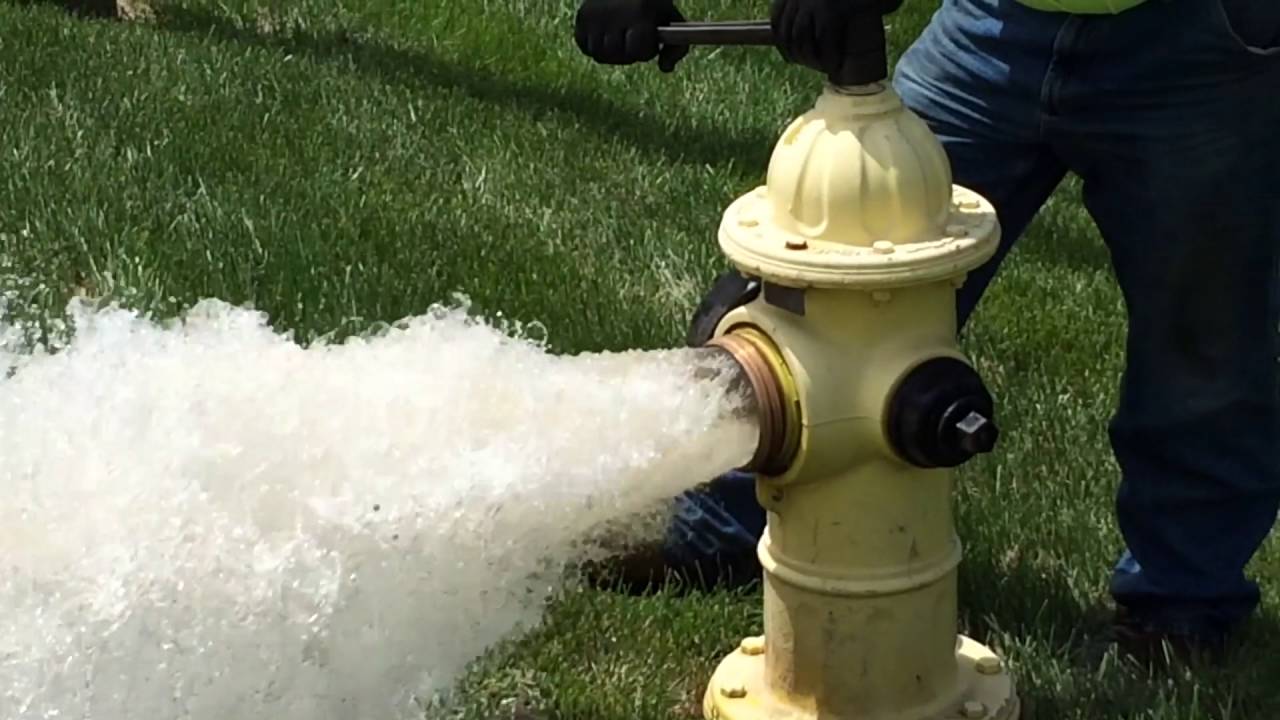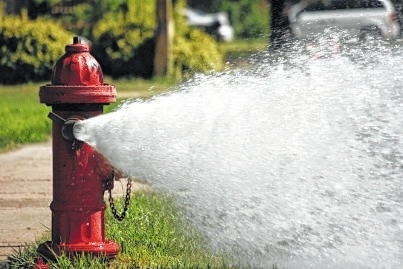
Most people walk or drive by a fire hydrant almost every day, and maybe you do, too. It happens so often, at a certain point, you even stop noticing it. Sure, you own one for your property, so perhaps you have a bit more cause to keep it mind, but for most people, it is a known yet ignored object of everyday life. Of course, like anything else with moving parts, your hydrant must be maintained, but that brings up the question: how exactly is a fire hydrant maintained? If it is true that most people hardly think of hydrants, then it stands to reason that most people are not aware of what it takes to properly inspect and maintain one, and are almost certainly unaware of a fire hydrant flow test. If that includes you, then here are a couple of things you should know:
ISO and PPC
Your property, or the area in which your property resides, has a Public Protection Classification, or PPC. This is a score based on a scale of 1 to 10 that rates the protection your local fire department can provide, with the lowest score being best. The score is given by an Insurance Services Office, or ISO, and several factors play in a part in the final rating. Half of the score is based on the fire department, where its staffing and level of training is taken into account. Your proximity to that fire department is another factor, and anything more than five miles away is automatically given a score of 10.

Got Water?
Obviously, the effectiveness of the hydrant is judged by the ISO as well. Using state-of-the-art equipment, the hydrant and its surrounding systems are thoroughly checked and tested. The flow of water is taken into account, as well as the amount of water available in the system. With the proper equipment, the hydrant can be ensured it is working correctly.








